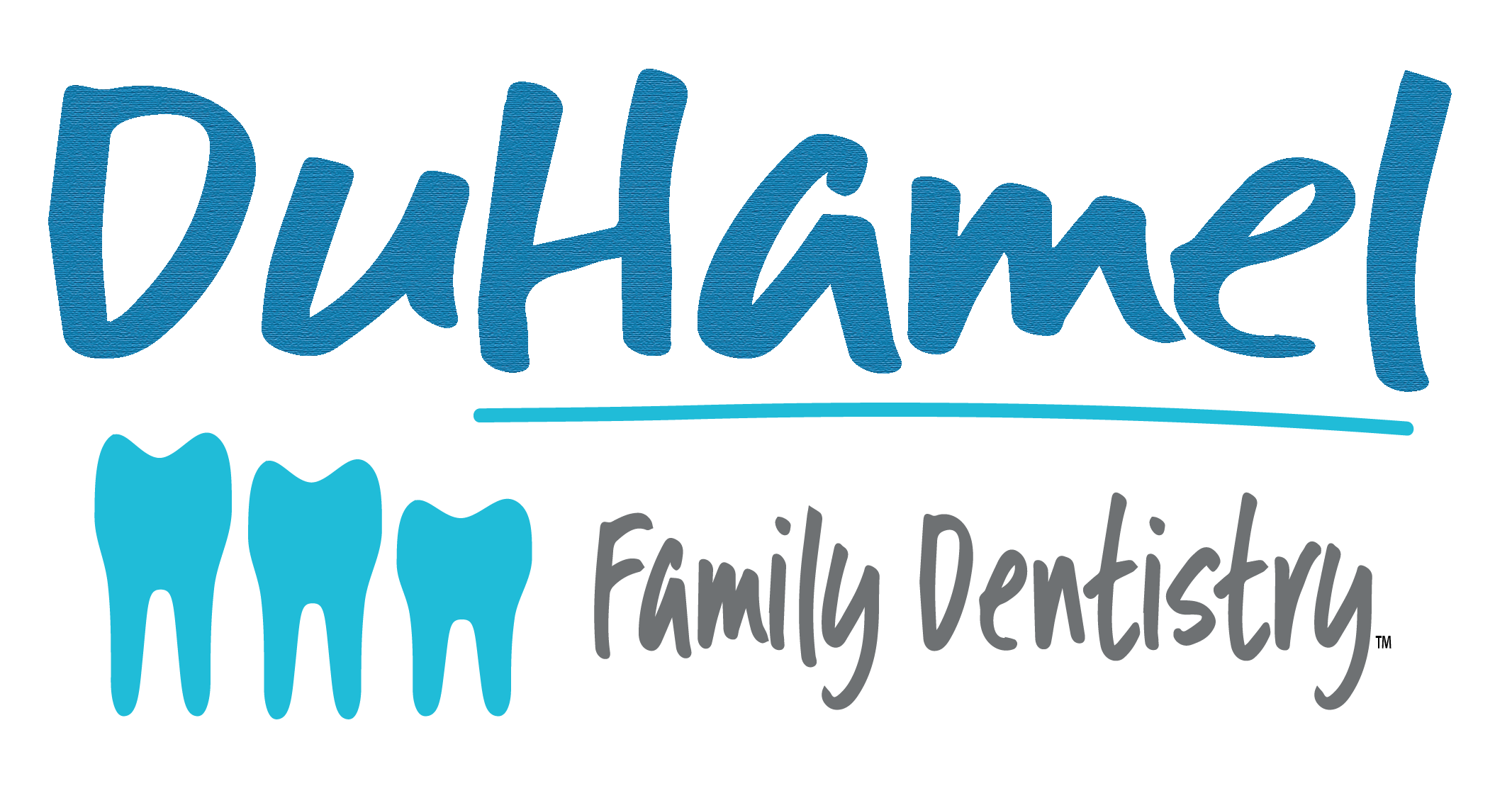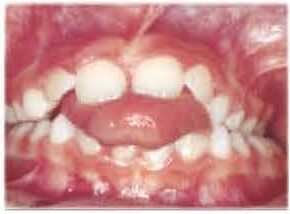
Loading. Please wait...

Loading. Please wait...
Orofacial Myofunctional Disorders (OMDs) are disorders of the muscles and functions of the face and mouth. OMDs may affect, directly and/or indirectly, facial skeletal growth and development, chewing, swallowing, speech, occllusion, temporoandibular joint movement, oral hygiene, stability of orthodontic treatment, facial esthetics, airway and more.
When a person swallows incorrectly, the tip and/or sides of the tongue press against or spread between the teeth. This commonly called a tongue thrust. Constant pressure from resting or incorrectly thrusting the tongue away from the hard palate may push teeth out of place, cause increased crowding, narrow palate and narrowed airway.
OMD can be caused by a number of things during development such as improper oral habits (thumb or finger sucking, prolonged pacifier use, cheek/nail bitting, clenching/grinding), restricted nasal airway (due to enlarged tonsils/adenoids, allergies), and structural or functional abnormalities (such as tongue-tie).
An OMD may lead to an abnormal bite-the improper alignment between the upper and lower teeth known as malocclusion. This problem may lead to difficulties in biting, chewing, swallowing, and digesting food. An OMD can also increase the time of orthodontic treatment and is the number one cause of orthodontic relapse.
Orofacial Myofunctional Therapy (OMT) eliminates many of the causes of swallowing abnormalities improper rest posture of the tongue.
Orofacial myofunctional therapy is painless and the exercised are relatively simple. These exercises focus on developing correct chewing and swallowing patterns as swell as tongue and lip resting posture. When certain muscles of the face are activated and functioning properly, other muscles will follow suit until proper coordination of the tongue and facial muscles is attained. For success in this therapy, consistent exercise every day is necessary until the patient has corrected their improper muscle pattern. It also takes commitment by the patient, family – and time. Treatment usually consists of a regular program of exercises over a 6-12 month period, although treatment length may vary.
The prefix “myo” stands for muscle. Orofacial Myofunctional Disorders (OMD) is often commonly referred to as “tongue thrust” because the tongue functions against or between the front or side teeth during swelling rather than lifting up into the palate (roof of the mouth). This disorder is generally accompanied by inappropriate function of the muscles of the tongue, lips, jaw, and face. There is frequently a low forward resting posture of the tongue and open lips.
The basic problem is related to abnormal orofacial functions and postures. Just as the controlled forces of orthodontic appliances (braces) can move teeth, the abnormal functions and postures related to OMD can influence the development of dental malocclusion (incorrectly positioned teeth, an improper bite relationship between the teeth in the upper and lower arches, or a malformation of the bone of the dental arches).
Therapy involves an individualized regimen of therapeutic oral and facial muscle exercises to develop correct chewing and swallowing patterns as well as tongue and lip resting postures. Many therapists also provide motivational therapy to eliminate harmful oral habits such as:
The International Association of Orofacial Myology (IAOM) is a professional organization. The IAOM founded in 1972, is a non profit organization that provides continuing education or approves additional training programs for professionals including speech pathologists, dentists, dental hygienists, and other allied


There are several factors to consider before orofacial myo functional therapy can begin. Most important is the patient’s motivation to work with the therapist to succeed. Seeing an Orofacial Myologist early can reduce or minimize the structural damage and possible reduce some speech articulation (pronunciation) problems.
Children as young as four can benefit from an in-office evaluation to determine if there are some causative factors that require early intervention to promote normal development. With early elimination of thumb and finger-sucking, there is often spontaneous improvement and/or correction of dental, speech and OMD problems. Children of seven or eight years of age are often mature enough to receive complete training and teenager and adults can also benefit from Orofacial Myofunctional Therapy.
Recent research examining various populations found 38% to have orofacial myofunctional disorders and an incidence of 81% has been found in children exhibiting speech/articulation problems. (Kellum, 1992; Maul et.al. 1999)
Orthodontists have been concerned about OMD since the early 1900’s because the abnormal functions and postures of OMD can adversely influence dental growth, slow orthodontic treatment can undermine the stability of the correction resulting in relapse.
Habitual open-lip resting posture (lip incompetence), which is common among individuals with OMD, removed the beneficial influence that closed-lips have on the development and maintenance of good dental arch form and can have a negative influence on eruption and drifting patterns of teeth.
Research has revealed a high incidence of speech problems in those individuals who exhibit OMD. The /s/ sound is the most common, others are /z/, /sh/, /ch/, /j/, /t/, /n/ and /r/. When there is combination of OMD and related speech errors, it is often difficult to correct the speech problems through traditional speech therapy alone.
Individuals who exhibit OMD frequently have poor eating/chewing function and appearance in that they chew their food with lips open and often swallow foods whole because of inadequate chewing function.
All babies are born with a low forward (tongue thrust) swallowing pattern. With normal growth and development, the tongue begins to lift up into and against the palate (roof of the mouth), which is designed to absorb this pressure. Anything that adversely influences normal development of the dental arches or positions of the teeth can result in OMD because the oral and facial muscles must adapt to the oral structures to maintain a functional relationship. The adaption can then contribute to making the dental and speech problems worse. Often, it is a combination of factors such as:
Orofacial Myofunctional Therapy has helped literally thousands of individuals, in dozens of countries, for over 30 years. Numerous studies have demonstrated its effectiveness including a recent study done by Hahn & Hahn (1992), which revealed that treatment for orofacial myofunctional disorders can be 80-90% effective in correcting swallowing and rest posture function, and that these corrections are retained years after completing therapy. These studies have also demonstrated the efficacy of orofacial myofunctional therapy in facilitating speech therapy. There are many factors that contribute to the success of the therapy program. It is truly a team effort. Effective communication and cooperation between therapist and the dental and medical communities is essential. In addition, successful orofacial myofunctional therapy depends on the patient’s desire, dedicated cooperation and self-discipline to follow-through with therapy assignments. Parental involvement and encouragement are important and necessary for children undergoing therapy to ensure optimum results.